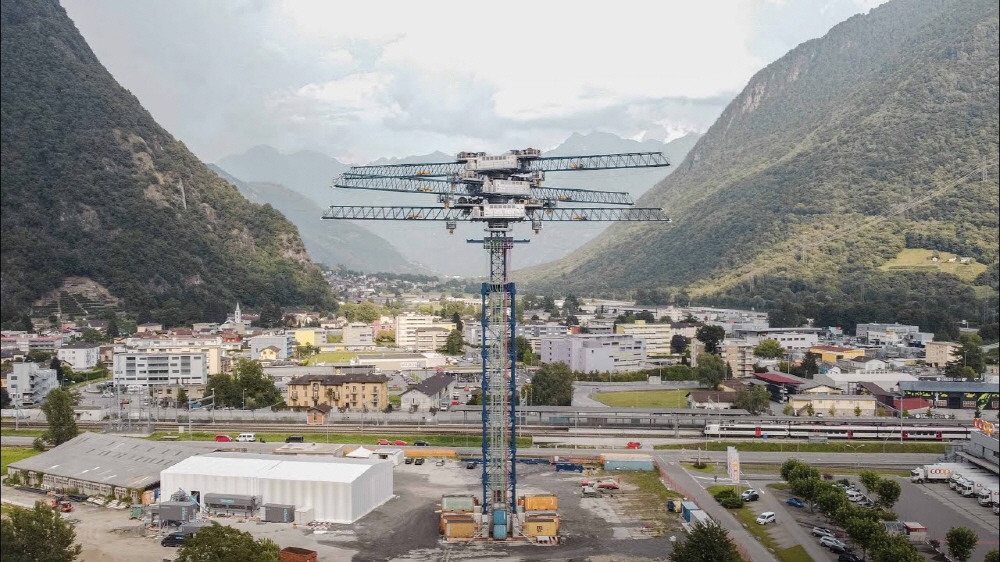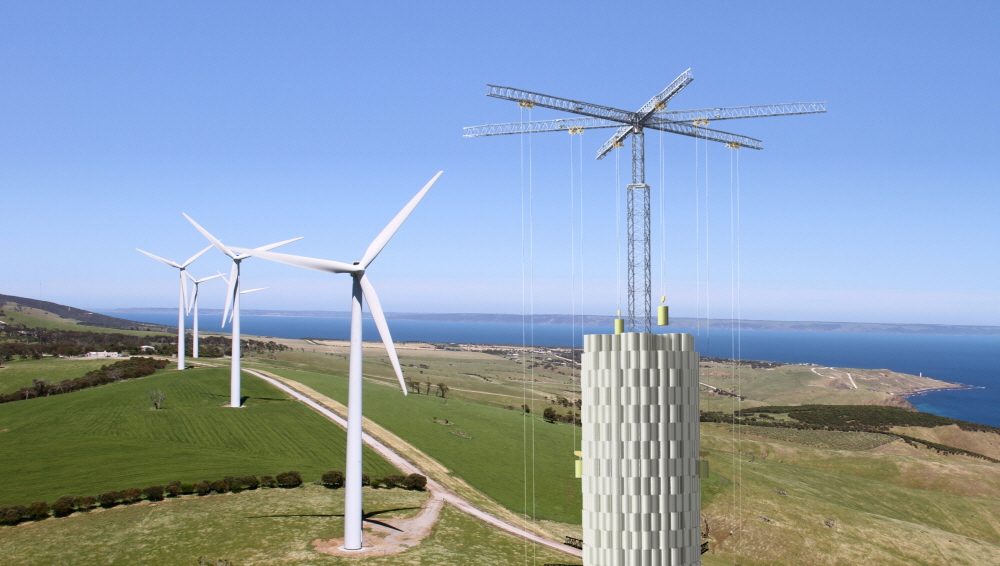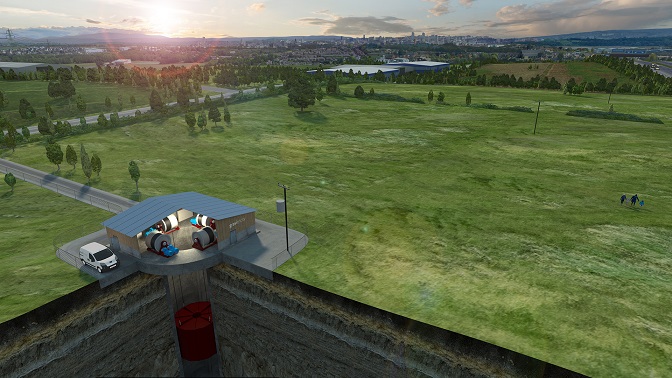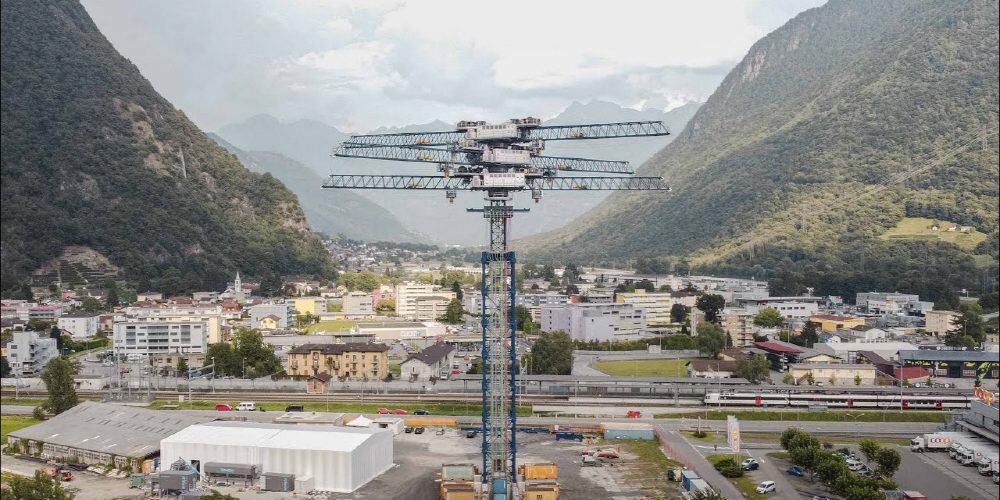
The cost of solar power generation is expected to be lower than that of fossil fuel power plants in the 2030s, and the amount of power supplied through solar power generation is expected to increase in the future. However, it is not always possible to develop stable. With the spread of solar power generation, there is a demand for a system that stores surplus power, such as pumped-out power generation. Accordingly, a gravity energy storage system is attracting attention as a relatively low-cost energy storage means.
CDU Arbedo Castione, which has begun commercial testing by Swiss start-up Energy Vault, uses up to 80 megawatt hours of energy by moving up and down a 35 ton concrete block on six cranes installed on a 110 m tall tower. It is a gravity energy storage system that can be stored. It is also called a concrete battery because it uses concrete.

According to Energy Bolt, unlike lithium-ion batteries, which are expensive to recycle, the concrete used in concrete batteries is made by recycling waste concrete, so the environmental load is low. In addition, concrete batteries can be purchased at half the cost of the same energy as lithium-ion batteries. In addition, lithium-ion batteries gradually deteriorate and need to be replaced, but concrete batteries do not need to be replaced. Energy Bolt raised $110 million in financing in 2019 and is expected to begin operating concrete batteries in 2021.
Gravitricity in Scotland is also developing a gravitational energy storage system that is close to practical use. The gravity energy storage system developed by Gravitity outputs energy by moving a weight of 500 to 5,000 tons up and down using a discarded 1km deep shaft.

According to Gravity, this gravitational energy storage system can quickly input and output required power in a short time. The Gravity Gravity Energy Storage System is scheduled to commence trial operation in Scotland in 2021, and the goal is to develop a system that can input and output energy within one second after receiving a signal.
American company Gravity Power is developing a system that stores large amounts of water underground and stores energy by moving huge pistons up and down with this water. The system requires a piston that weighs more than 8 million tons to store 6.4 gigawatt hours of energy. It seems impossible to produce a huge piston weighing 8 million tons, but the company says modern technology can produce enough 8 million ton pistons.

Such a gravity energy storage system is more economical than a system using a lithium-ion battery, but still requires a high cost. Nevertheless, countries around the world are aware of the seriousness of climate change and are willing to pay for these systems. Related information can be found here .


















Add comment